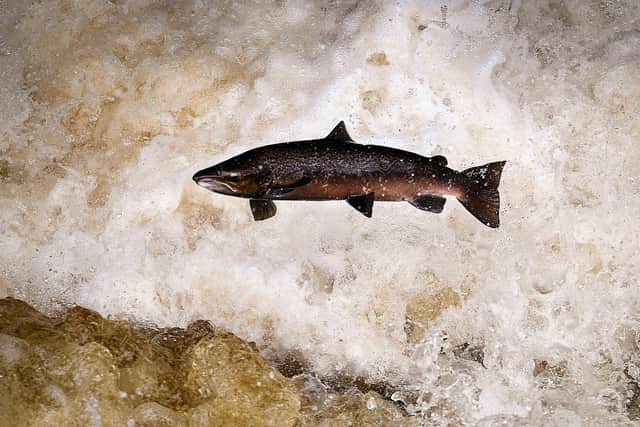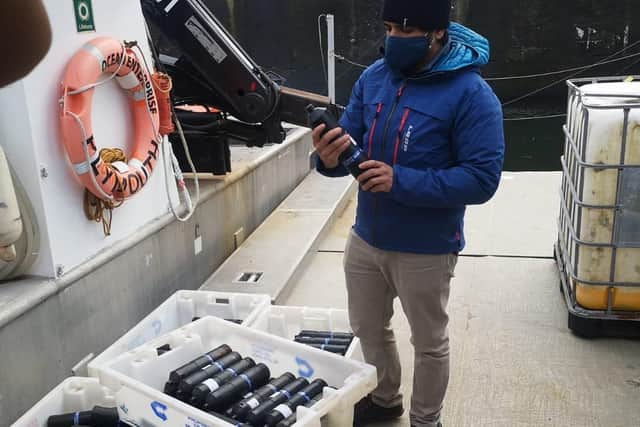Searching for the secrets of Scotland's vanishing 'king of fish'
Scottish rivers are home to around 90 per cent of all wild Atlantic salmon in the UK.
But studies suggest only five out of every 100 that set off on their journey to the ocean ever come back.
Advertisement
Hide AdAdvertisement
Hide AdNumbers have been dropping so dramatically that experts fear the king of fish may vanish entirely.


If declines continue at the current rate it’s estimated the species will be on the endangered list in less than ten years.
Tracking studies have already been set up on rivers on Scotland’s east coast, but now the scheme is being extended to take in new sites on the west.
The Perth-based Atlantic Salmon Trust (AST) began monitoring around the Moray Firth last year to establish where the fish are going missing.
Results reveal that half of newly hatched salmon never even make it to the sea.


The study will recommence this year, with a view to pinpointing potential causes.
It is also being expanded to determine the problems facing fish on the west coast.
New tagging sites are being set up in Loch Lochy near Fort William, Loch Etive near Oban, near Stornoway on Lewis and near Achfary in Sutherland, with receivers deployed to monitor the movements of the fish.
Advertisement
Hide AdAdvertisement
Hide AdAST chief executive Mark Bilsby said: “The first year of the Moray Firth project gave us invaluable information on where the salmon are disappearing, so it is vitally important that we build on this knowledge and complete the picture.
“This year’s study will furnish us with the ‘why’
“The sheer number of volunteer hours and support provided from all those who care about the future of the wild Atlantic salmon has been truly humbling, particularly when we are in the throes of a worldwide pandemic.”
Dr Lorna Wilkie, the AST’s salmon and sea trout acoustic tracking coordinator, is leading both research projects.
She added: “I believe that the tracking studies will provide us with vital information about the challenges our salmon face during their migration from river to sea, informing us of what actions are needed in order to better protect them.”
The West Coast Tracking Project is being carried out in partnership with Fisheries Management Scotland, Marine Scotland Science and the Missing Salmon Alliance (MSA), which brings together leading salmon conservation organisations across the UK.
A number of factors have been blamed for salmon declines, including attacks from predators, over-fishing, pollution, man-made barriers in rivers and the effects of climate change.
Alongside key project staff, an army of volunteers will be helping out with the three-year study.
It’s hoped information collected in the studies can be used to help governments and local river boards work on boosting the species population.
Advertisement
Hide AdAdvertisement
Hide AdDr Colin Bull, principal investigator for the MSA, said: “With the targeted use of state-of-the-art tracking technology we can find out not only which routes are being taken by young salmon during an incredibly risky migration period as they leave rivers and head out to sea, but also what controls their movement patterns and how long they are spending in certain areas of interest.”
A message from the Editor:
Thank you for reading this article. We’re more reliant on your support than ever as the shift in consumer habits brought about by coronavirus impacts our advertisers.
If you haven’t already, please consider supporting our trusted, fact-checked journalism by taking out a digital subscription. Visit https://www.scotsman.com/subscriptions now to sign up.
Comments
Want to join the conversation? Please or to comment on this article.